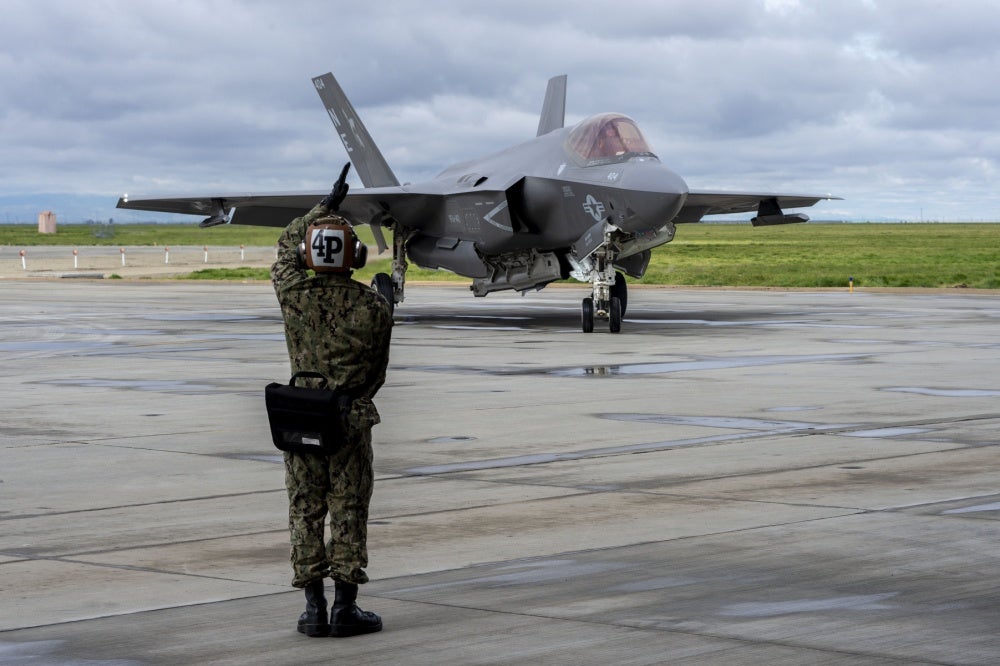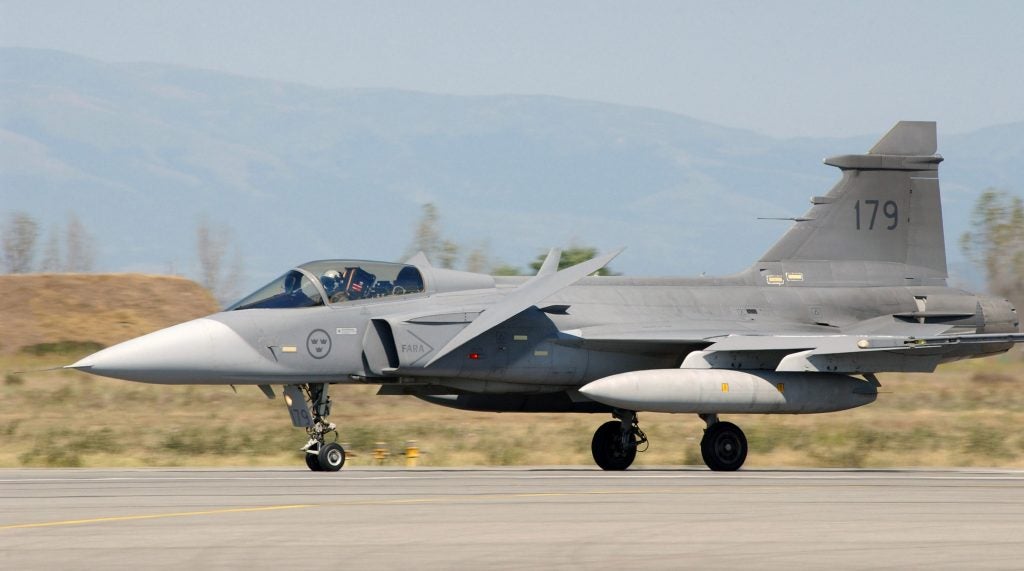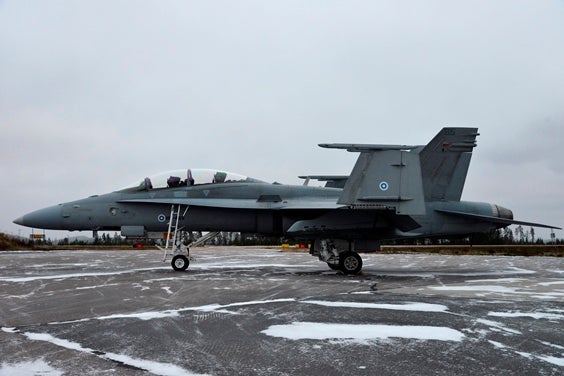The Most Important Criteria in Finland’s HX Fighter Program in Detail
As Finland’s HX next generation fighter program’s first bidding phase wraps up, the details of the bids submitted are coming out. Many large players, including Saab, Boeing, and Lockheed Martin have submitted proposals to the program. But as competition heats up, companies are beginning to submit additional packages to sweeten the deal, such as Saab adding in the GlobalEye AEW aircraft along with their proposal.
But in the end, the acceptance may come down to not the strengths and weaknesses of the aircraft themselves, but rather how willing competitors are to submit to Finland’s stringent requirements for in-country logistical support.
Lauri Puranen, a former Commander of the Finnish Air Force lays out this requirement in a blog post. Emphasis is placed on “huoltovarmuus järjestelmä”, which translates approximately to the security of the logistical chain for an aircraft. As Finland is not a full NATO member, it lacks the logistical and repair infrastructure shared by many NATO nations. In event of a conflict, the Finnish military expects to be on their own. Thus it is important that the basic logistical demands of an aircraft be able to be met within Finland.
Puranen defines these basic logistical demands into two areas: operation and repair. The first part is more applicable in peacetime: Finland expects to be able to carry out testing, inspections, and basic maintenance by itself. Repair capability includes basic combat damage repair, as well as basic body and equipment repairs.

All of these capabilities must be able to be transferred to either Finnish industry or the Finnish military, however, the strictness of the requirement is not really made clear. The article emphasizes that this does not mean that the aircraft or engines will have to be assembled in Finland, and discusses several alternatives to acquiring this maintenance expertise.
At the end of the article, Puranen states that the logistical relationship with Boeing and the US for the current Finnish fighters, F/A-18A/C Hornets works well and serves as a baseline for the HX program’s requirements in that sphere.
From that, it seems like Boeing’s F/A-18E/F Super Hornet already has an edge in the HX competition as Boeing is already familiar with the Finnish requirements. The Super Hornet also is not as advanced technologically as the F-35, so a more complete technology transfer is likely possible. The F-35 seems to be the weakest candidate in this realm, because of possible supply chain instability due to the large spread of suppliers of components for the aircraft and the more advanced technologies that maybe restricted from full transfer.

However, Dassault may prove competitive with the Rafale. Dassault showed it was willing to do unrestricted technology transfer when it submitted the Rafale for the Royal Canadian Air Force’s tender for a CF-18 replacement. If combined with proper assurances and support for Finnish industry to provide maintenance capability, Dassault could have a very competitive bid if overall prices are similar.
Saab also has engaged in technology transfer in the past with the Gripen, but the program appears to be far more limited compared to the theoretical Dassault agreement. Following the adoption of Gripen by Brazil, Saab is training many Brazilian engineers and technicians in Sweden on how to do maintenance for the Gripen. While this may meet the minimum logistical security requirement for the HX program, it’s unsure how it stacks up to what Boeing did with the Hornet. However, Sweden may prove more generous with technology transfer agreements with Finland, their neighbour and historical ally, than with Brazil.

